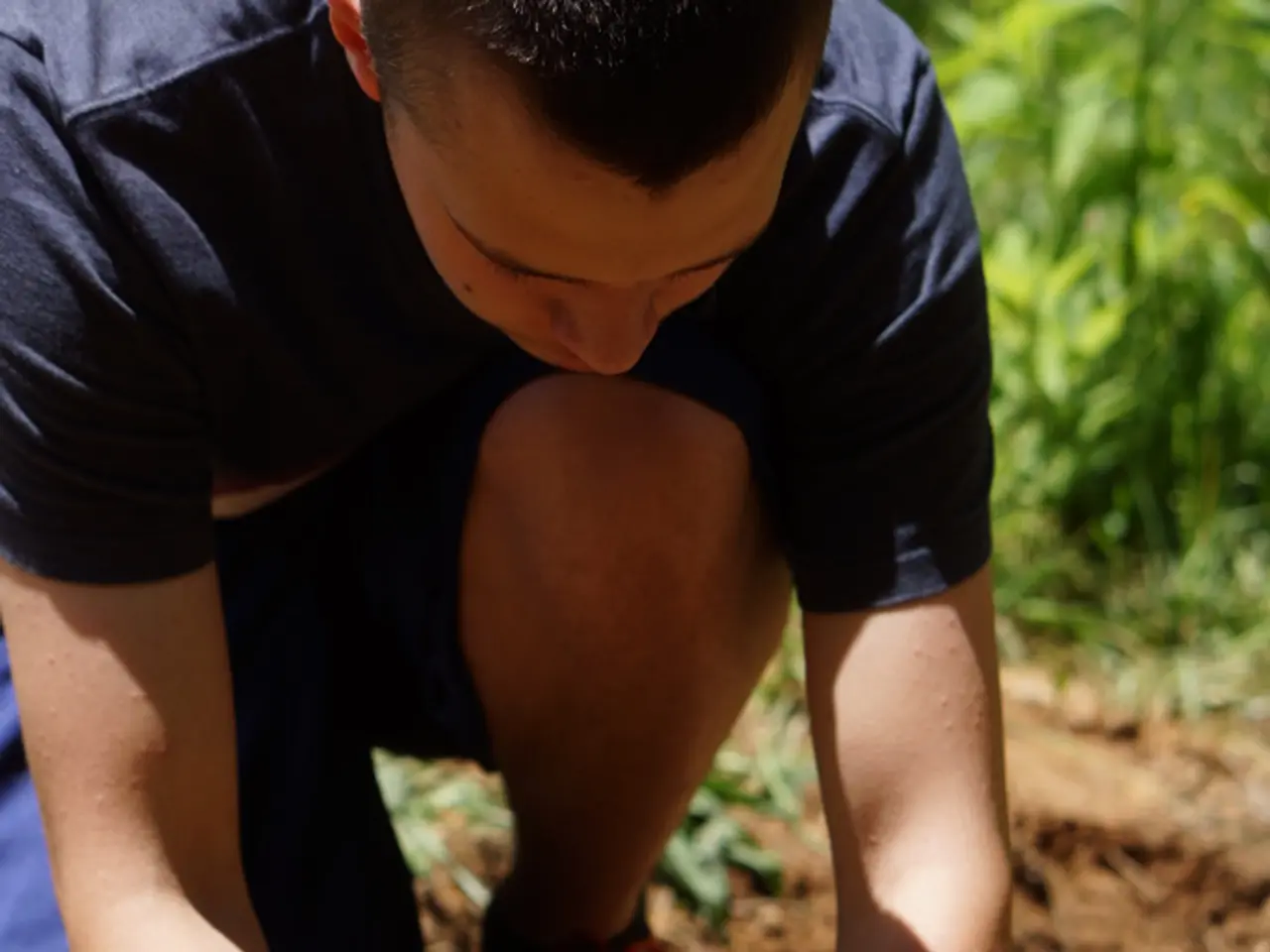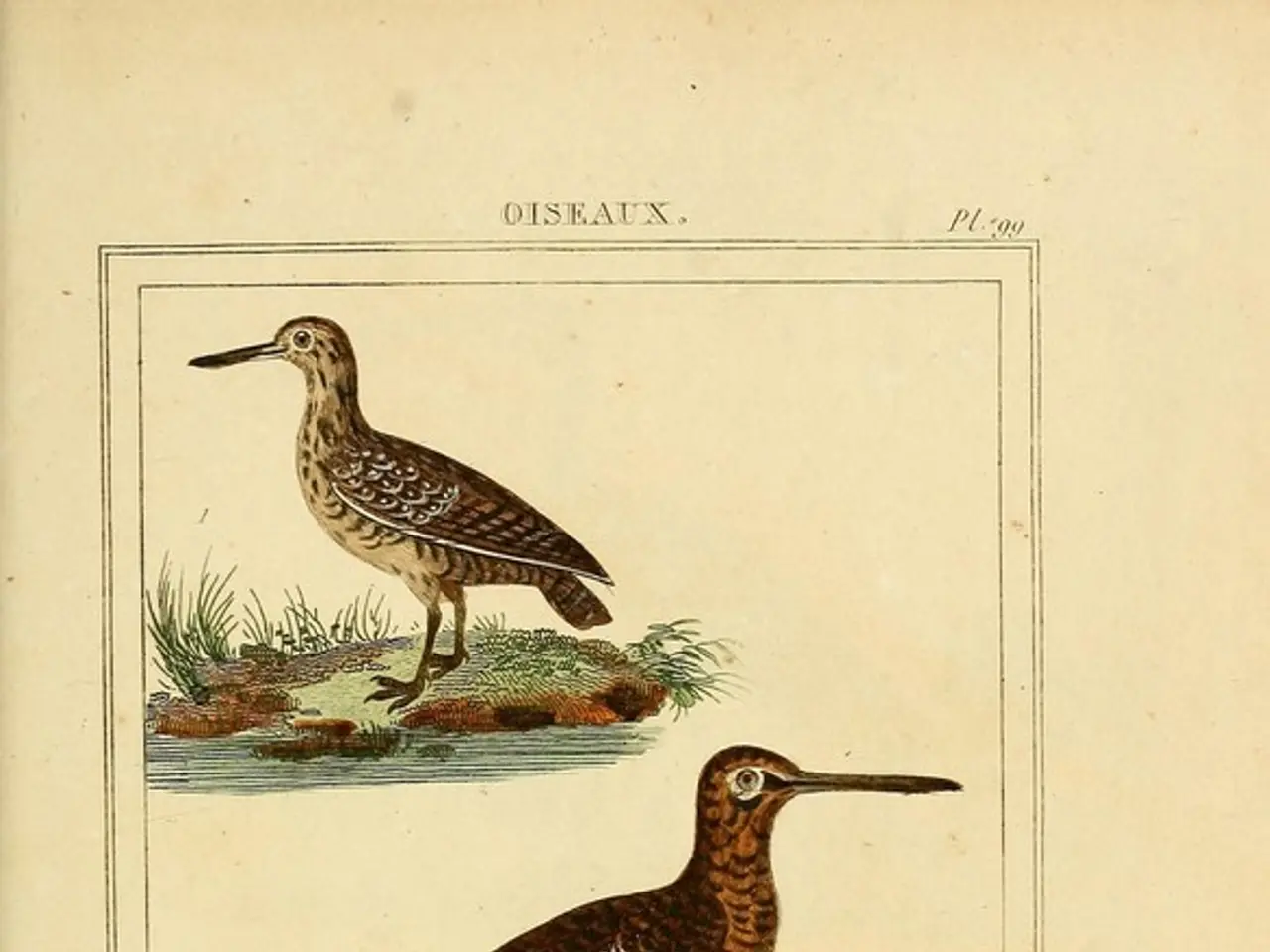Simplifying Processes with Ease!
Ready to ditch store-bought fertilizers and go green? Let's show you how to make your own nettle manure for a chemical-free garden! Nettles, often seen as pesky weeds, are actually a powerhouse in the garden world. They're not just great for the environment, but they're also perfect for keeping your plants happy.
Making nettle manure is a breeze—and it saves you some cash while keeping toxic chemicals out of your garden. Here's a breakdown of the process and how to make the most of your homemade nettle manure:
What You'll Need1. Navigate to a spot brimming with nettles in your area.2. Gather your tools: - 1 Plastic Bucket (or a mortar tub or terracotta plant pot) - 1 kg fresh nettles (preferably harvested before flowering without seeds) - 10 liters of water (preferably rainwater) - 1 pair of garden gloves (nettles can sting) - 1 pair of garden scissors - A bit of patience...
Extra Tip: Add a handful of stone meal (available here) to cut strong smells and speed up the fermentation process.
How to Make Nettle Manure
- Prepare the Nettles:
- Shake those plants and try to remove any critters like ladybugs lingering on them.
- Roughly chop your fresh nettles with the garden scissors to speed up the fermentation process.
- Place the Nettles:
- Pop the plant material in your container and pour about 10 liters of rainwater or stale tap water over it.
- If beetles are floating on the surface, carefully place them back in the greenery.
- Add stone meal, if desired, but it's optional.
- Wait and stir regularly:
- Place the container in a sunny, sheltered spot in your garden.
- The mixture starts to ferment quickly as you'll know by the foam and stinky smell on the surface.
- Stir the manure once a day to add oxygen and help the plant substances break down better.
- After about two weeks, the nettle manure is ready:
- As soon as the foam has disappeared, no more bubbles are rising, and the manure looks evenly dark, it's ready.
- This usually takes 10 to 14 days, depending on temperature and sunlight.
- If you only need the decoction to fight aphids, you can use the liquid after 12-24 hours.
- Strain out the plant parts (place a cloth over another bucket and pour the entire mixture over it).
Using Homemade Nettle Manure Wisely
The manure is ready to use! The exhausted plant parts can be added to the compost or directly distributed as mulch in the vegetable or flower bed—nothing to waste!
- As fertilizer for heavy feeders: Nettle manure is an excellent natural nitrogen fertilizer—especially suitable for plants like tomatoes, zucchini, pumpkin, cabbage, or leeks. These plants benefit significantly from the nutrient-rich mixture. Important: Always dilute the manure before applying it. For normal application in the root area, use 1 part manure to 10 parts water. For sensitive plants or seedlings, dilute in a ratio of 1:20. Best to water once a week directly at the root—never on the leaves.
- Nettle broth against aphids and other "pests": Use your nettle manure to fight aphids on your plants when natural predators (such as ladybugs) are not present in time. For sustainable pest control, a nettle decoction (or nettle broth) can even theoretically suffice. The preparation is similar: let it sit for 12-24 hours before spraying directly undiluted and using it within three days if possible. Tip: You can learn how to attract ladybugs to your garden in the linked article!
Homemade Nettle Manure, Made Easy!
Nettle manure is the real multitasker of your garden: easy to make, effective against pests, and a natural fertilizer for your plants—all without chemicals. To top it off, you're making use of a native wild plant that's often disregarded.
So, grab your gloves, get out the bucket—let's get started on your homemade manure! Your garden and the environment will thank you. And if you're now really in the mood for a natural garden, I can recommend the book Wild & colorful: Creating natural gardens with native plants.
"Nature does nothing in vain."
We hope this teaches you how to make your own nettle manure. Do you have any questions, suggestions, or further tips on production? We can't wait to hear from you!
Stay green,
PS: There are still many other so-called weeds that are particularly valuable for insects and that you can simply let grow. Explore them all in the linked contribution.
- Incorporating nettle manure into your lifestyle and garden can provide health-and-wellness benefits to plants, while also promoting a fitness-and-exercise approach to gardening.
- Utilizing homemade nettle manure as a natural fertilizer can be an eco-friendly choice, aligning with the principles of home-and-garden sustainability and supporting the overall lifestyle of organic gardening.
- When combined with the practice of gardening, the process of creating nettle manure can be seen as a contribution to the science of horticulture, given its inventive use of a common weed and its resulting positive effects on plant growth.







